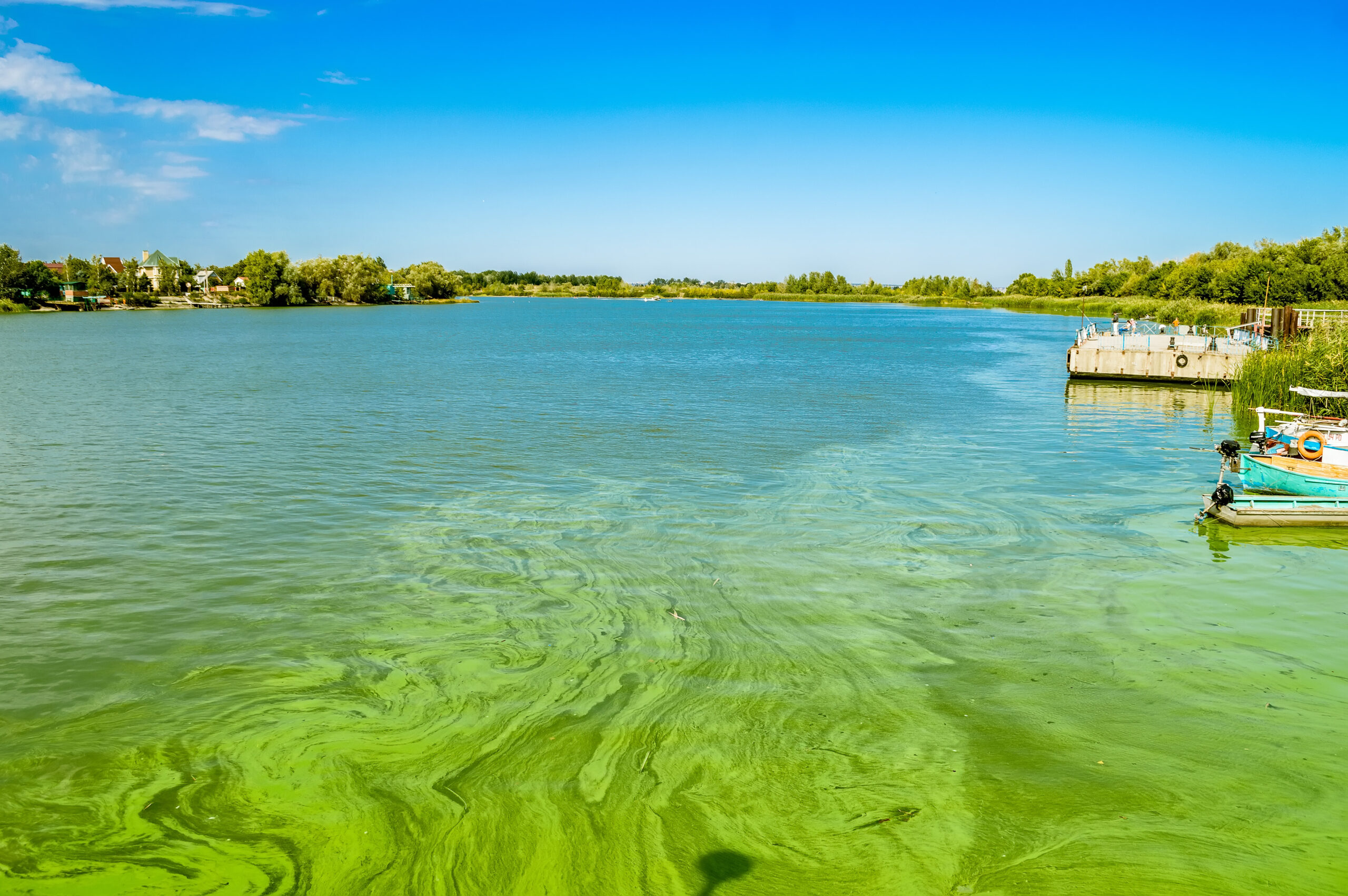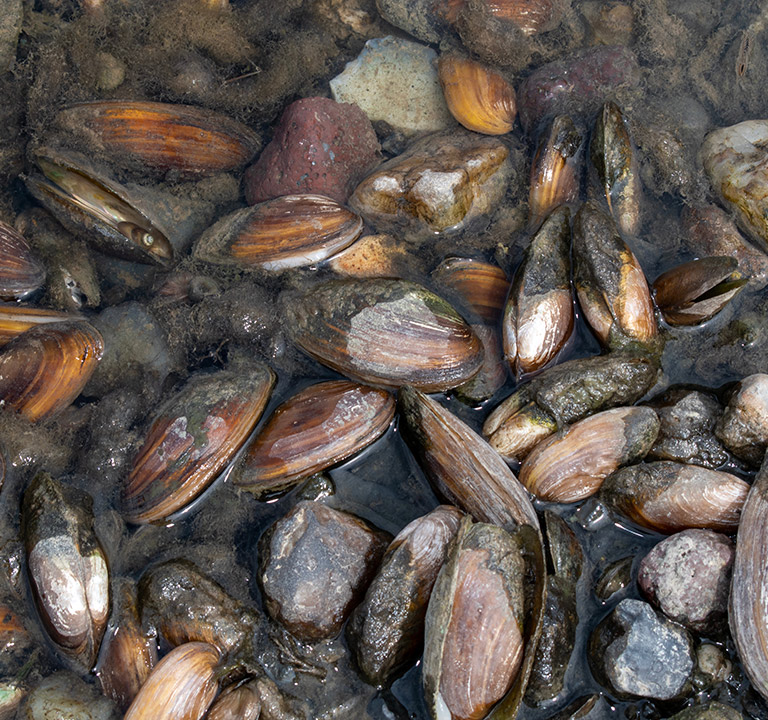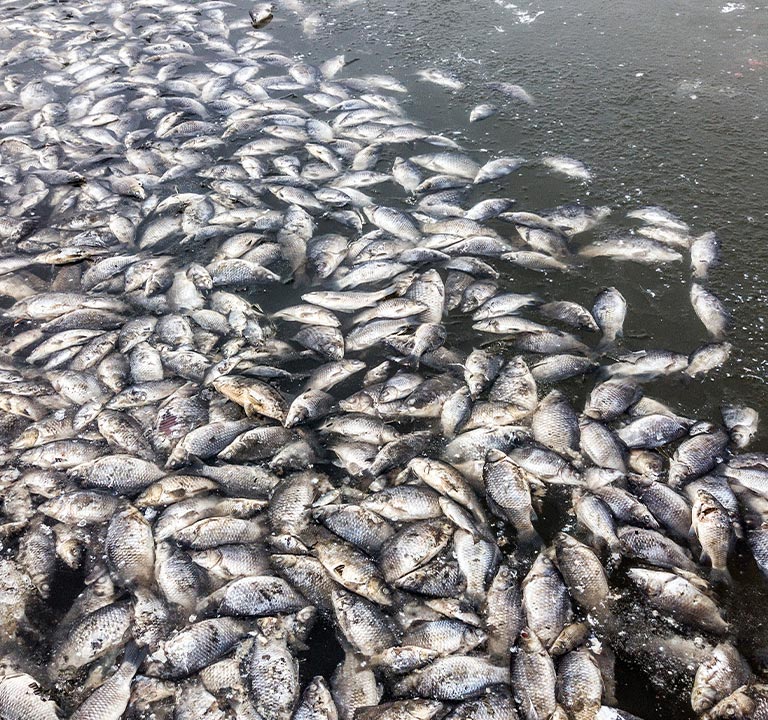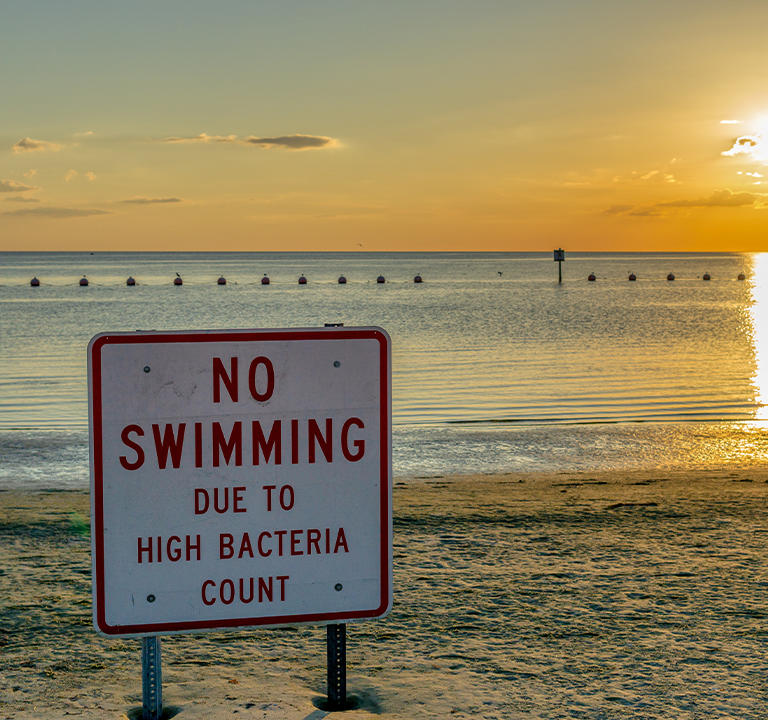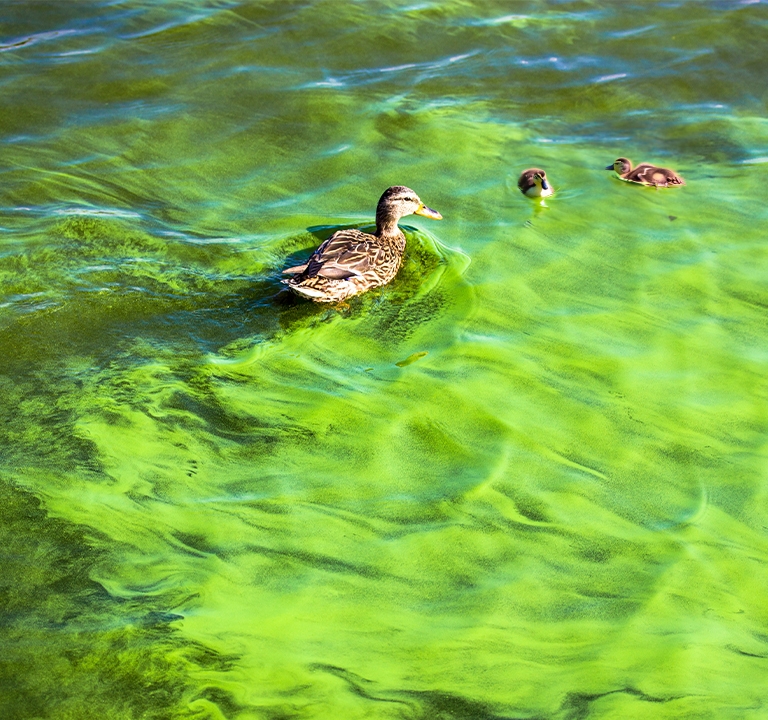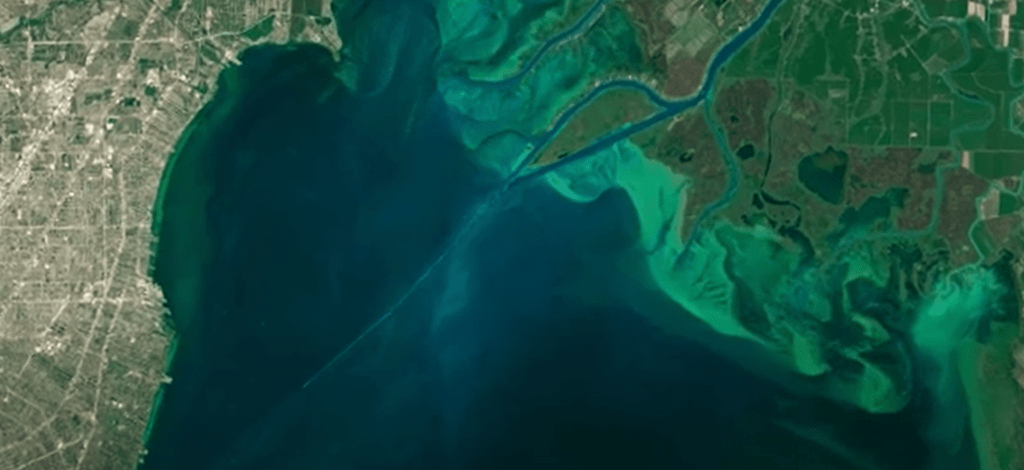Nutrient pollution and harmful algal blooms (HABs) are threatening lakes and rivers across North America and around the globe — threatening the very simplicity of the statement, “gone fishing.”
It’s been a long, busy week at work. Getting out to the lake for the long weekend, for some peace and quiet and some fishing, can’t come soon enough. The weather forecast calls for a picture-perfect fall weekend – warm days and cool nights – helping to make the long heat waves of the summer months a distant memory. Seems like the ideal time to get away for some bass fishing. Just perfect. As you’re packing up the car to go, you check in to the angling app on your phone, hoping that the harmful algal blooms, that blossomed in July/August due to the increased water temperature in the lake, has (have?) cleared, so the bloom won’t ruin yet another weekend of fishing. The news isn’t great. The latest report says the bloom has subsided but it’s still an issue. So much for a perfect weekend.

Not all algal blooms are harmful, and fish that are caught during an algal bloom may be safe to eat. But why would anyone want to, and knowingly take that risk? Whether it’s subsistence salmon fishing by the natives in Alaska’s Yukon territory or a group of friends heading to the lake for a weekend of angling, water quality and nutrient pollution are impacting local watering holes around the globe.
What is nutrient pollution?
There are a number of factors that help fuel algae blooms. Increased water temperature – which accelerates bacteria growth – is certainly one of the primary culprits. Nutrient pollution is another key problem that has led to the increased occurrence of algae blooms. Naturally occurring nutrients (primarily nitrogen and phosphorus) at normal, balanced levels in lakes, rivers and other bodies of water are healthy, as they support the growth of algae and aquatic plants. These plants in turn provide food and habitat for fish, shellfish, and smaller organisms that live in the water. Too much nitrogen and phosphorus creates what is referred to as nutrient pollution.
Why is nutrient pollution a problem?
Nutrient pollution, caused by excessive levels of nitrogen and phosphorus in bodies of water, typically originates from fertilizer or waste runoff from factory farming, and industrial and municipal wastewater treatment plants. These increased levels of nutrients can deteriorate water quality, as algae can grow rapidly, reducing or even eliminating the oxygen supply and reducing the exposure to sunlight. Nutrient pollution has been exacerbated by climate change, with increased water temperatures (more conducive to algae growth) and bigger storms (heavier rainfall leading to increased erosion leading to a greater influx of nutrients from the runoff). Nutrient pollution leads to habitat damage, loss of aquatic life, drinking water contaminated with toxins and bacteria, and ultimately negative impacts on human health. According to the New York State Department of Health, contact with contaminated surface waters can cause diarrhea, nausea, or vomiting; skin, eye, or throat irritation; and allergic reactions or breathing difficulties.
As much as wastewater treatment plants have been identified as a critical solution for implementing technologies aimed at addressing nutrient pollution, it is an all-too-common occurrence in communities around the US, Canada and around the globe. It is estimated that the cost of treating and preventing blooms – in the US alone, between the years 2010 and 2020 – cost more than $1 billion, and that figure is expected to rise as global temperatures rise. From the lakes of New York to the boundary waters of northern Minnesota and beyond, algae blooms will continue to have a definitive impact on fishing trips, families, communities, and our natural world.
